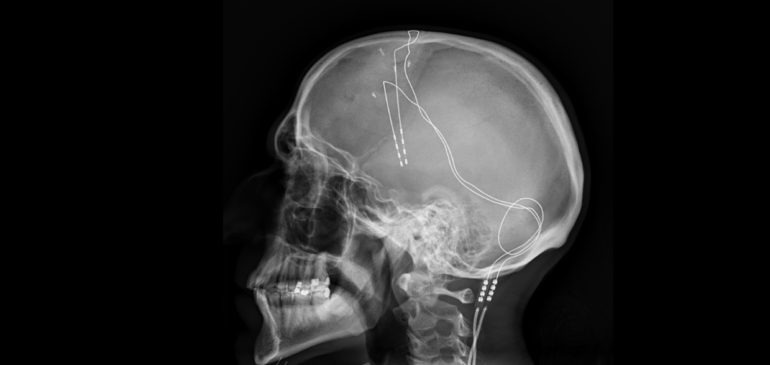Mental illnesses such as obsessive compulsive disorder, depression and addiction are notoriously hard to treat and often don’t respond to drugs. But a new wave of treatments that stimulate the brain with electricity are showing promise on patients and in clinical trials. In this episode of The Conversation Weekly podcast, we talk to three experts and one patient about the history of treating mental illness, how new technology and deeper understanding of the brain are leading to better treatments and where the neuroscience of mental illness is headed next.
It’s not uncommon to hear people joke about how their “OCD” makes them want to straighten a crooked picture or clean a smudge on a countertop, but for people actually living with severe obsessive compulsive disorder, the reality is anything but funny.
Moksha Patel is a physician and professor at the University of Colorado and has severe OCD. “OCD was really taking over my life. The most obvious of my symptoms were not being able to use any public restrooms, showering for an hour after using the restrooms each time and using chemical cleaners on my skin and my mouth,” he says. After struggling for years, Patel eventually connected with Rachel Davis, a psychiatrist and researcher also at the University of Colorado. Davis suggested that he could be a good candidate for deep brain stimulation as a treatment for his OCD.
“Deep brain stimulation involves the implantation of electrodes in the deeper areas of the brain,” Davis explains. These electrodes then transfer into the brain itself small electrical currents that a doctor and their patient try to tune correctly. As Davis explains, “Basically we’re looking to find the settings where the patient feels that their mood is better, their anxiety is less and they have more energy.”
Deep brain stimulation works well for a lot of patients and has only started to get mainstream attention in the past decade or so, but ideas underlying this treatment are nearly 60 years old. As explained by Joseph Fins, a neuroethicist and professor of medicine at Wei Cornell Medical College, part of Cornell University in the US, it all started with a Spanish neuroscientist named Jose Manuel Rodriguez Delgado in 1964. “He put a thing called the stimoceiver, a deep brain stimulator, into the brain of a charging bull. And with an electrical current controlled by radio frequency, he was stop the bull in its tracks.”
While this work got Delgado on the front page of The New York Times, it came on the heels of a horrific era of mental health treatment that involved lobotomies, electroshock therapy and many other destructive and deeply unethical interventions. So when researchers began to discover drugs that could help people with mental illness, Fins says “psychosurgery and these types of somatic therapies began to fall out of favor and physicians moved away from more physical interventions.”
As modern neuroscience led to better…



